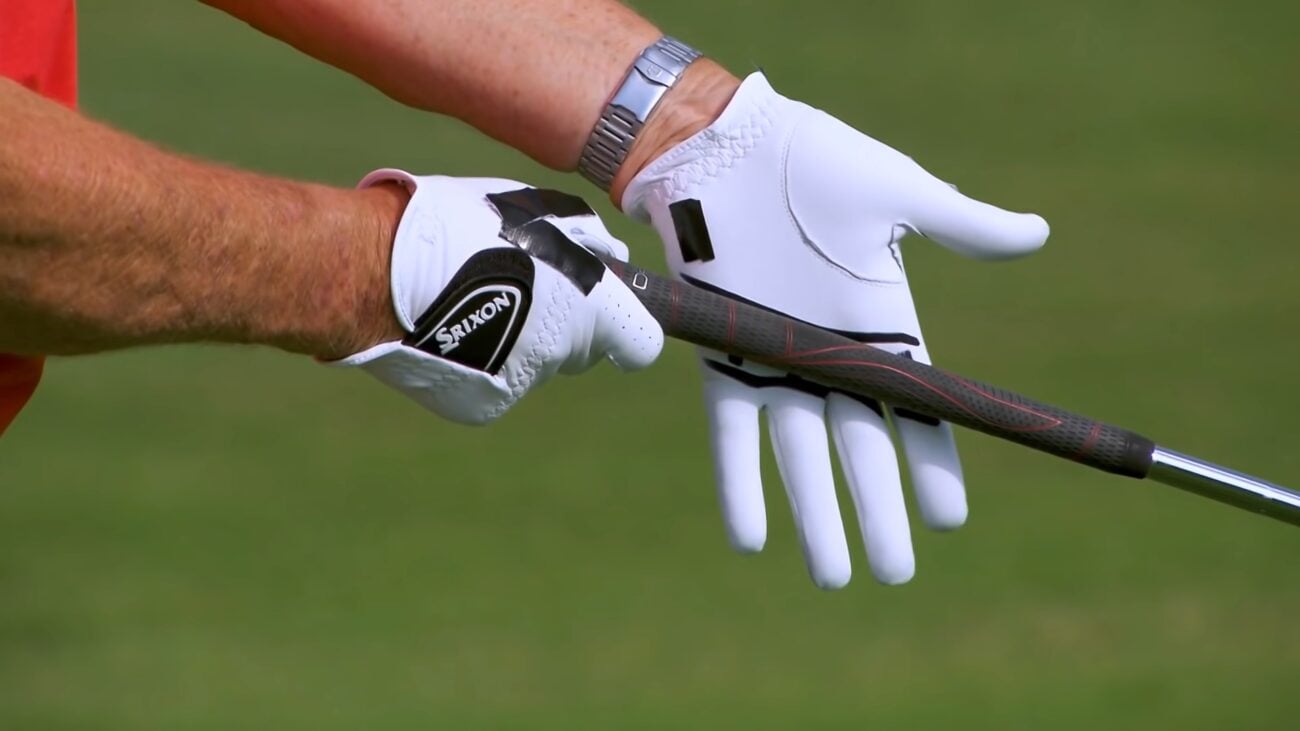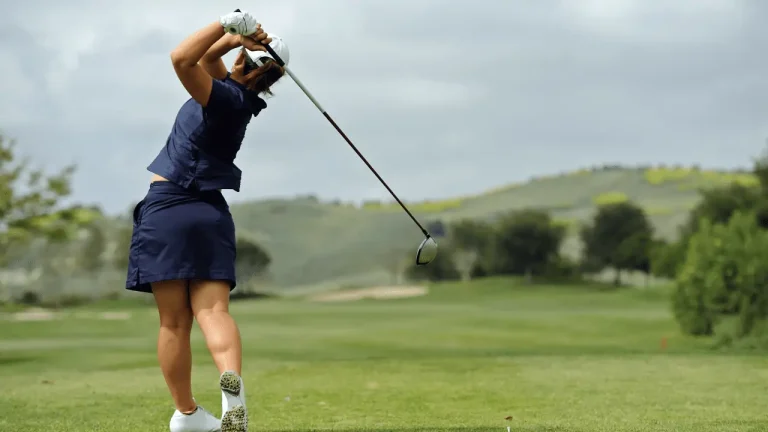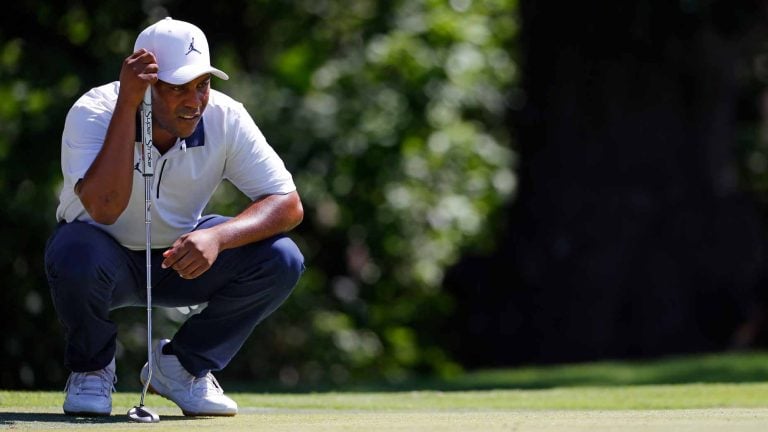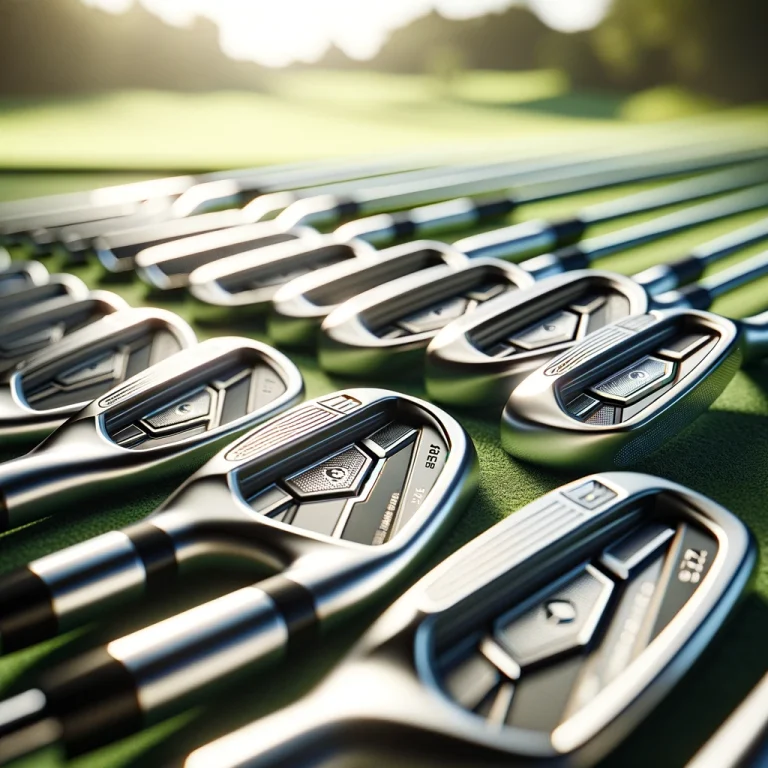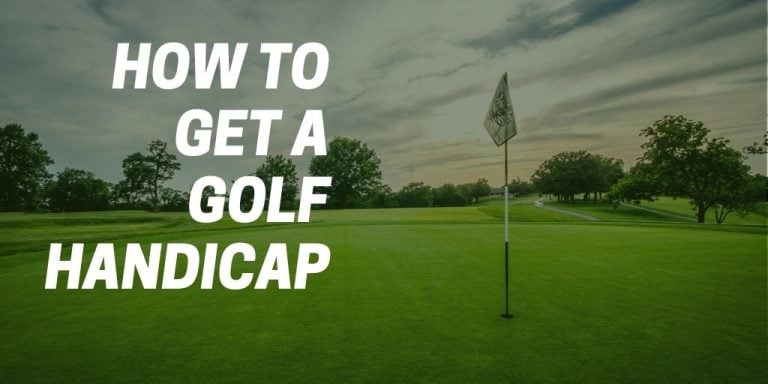Golf how to hold club
Key takeaway:
- Understanding the importance of grip in golf: The grip serves as the link between your hands and the club, playing a crucial role in clubface control and shot accuracy.
- Types of grips: There are three commonly used grips in golf – the interlocking grip, overlapping grip, and 10-finger grip. Choosing the right grip for your hand size and comfort is essential.
- Proper hand positioning and pressure: Positioning your hands correctly on the club and maintaining proper grip pressure are key to achieving a comfortable and effective grip.
Introduction
Golf is a popular sport. It needs proper technique knowledge, including club holding. The grip is a major part of golf. It affects swing and control. For consistent shots, mastering the correct grip is vital. Proper grip gives better clubface control, clubhead speed, accuracy and distance. Additionally, the grip helps maintain a steady swing.
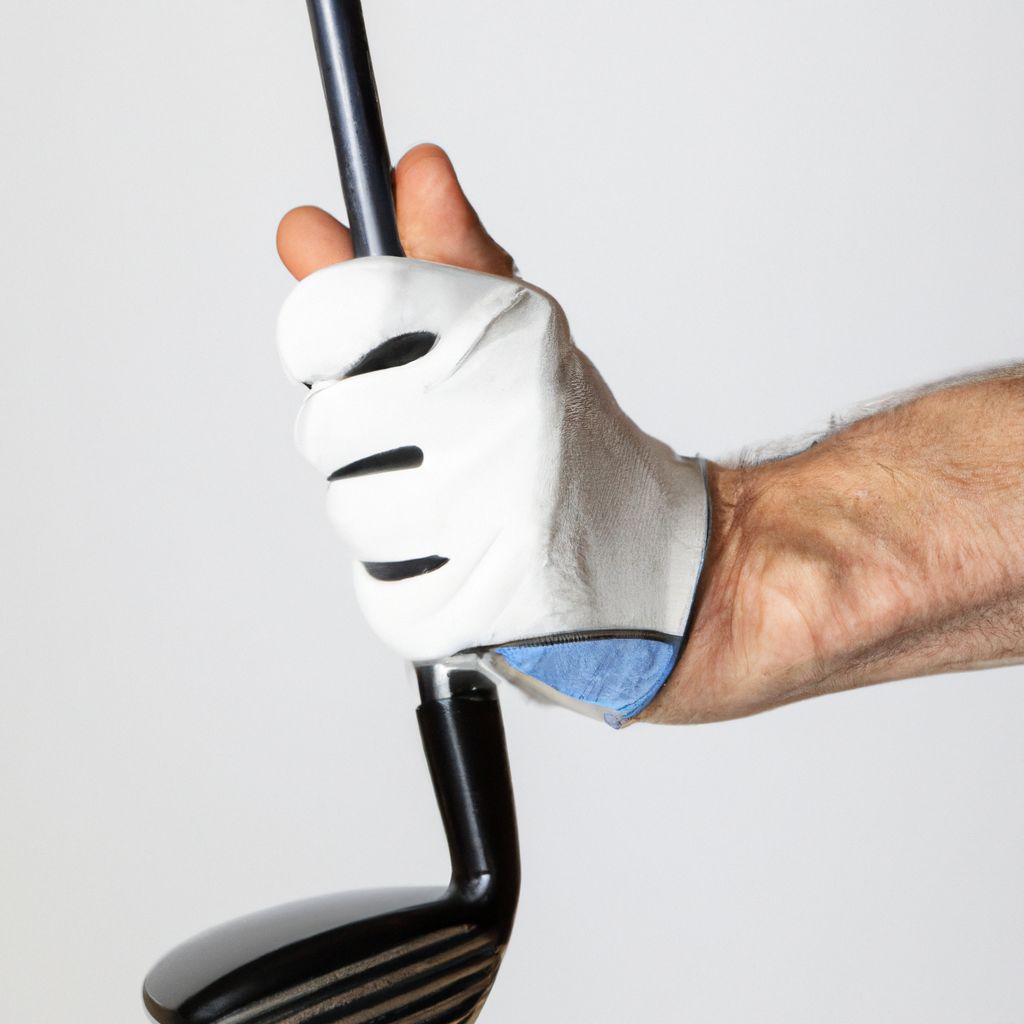
To get the right grip, golfers must know the types: overlapping, interlocking and baseball. The overlapping grip (Vardon grip) is most used by pros. It means putting the trailing hand’s little finger over the lead hand’s index finger. For interlocking, it’s similar but the little finger of the trailing hand interlocks with the index finger of the lead hand. The baseball grip is like holding a bat – all fingers on the club.
The hands should be positioned for control and precision. The lead hand (left for right-handers) should rest the club across the base of the fingers. The trail hand (right for right-handers) should have thumb resting slightly right of center.
A successful grip gives control, power and prevents slipping. It should be firm but not too tense. Too much tension restricts the swing’s natural motion. Finding the right balance between stability and flexibility is crucial.
Understanding the Importance of Grip in Golf
The importance of grip in golf is huge. A good swing relies on the correct grip. So, understanding its significance is essential for golfers to succeed on the course.
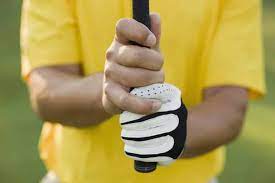
A proper grip gives golfers control over the club. This then affects the shot’s trajectory, accuracy and distance. An incorrect grip can cause inconsistent shots and limit a golfer’s potential.
Golfers should hold the club firmly but relaxingly. It’s best to put the grip in the fingers, for better control and mobility. It’s key to keep grip pressure consistent, to stop tension or changes in clubhead position.
Grips come in various types – overlapping, interlocking and ten-finger grip. Each has its own advantages. Golfers should try different types to find the one that suits their swing and playing style.
In addition, thumbs should be slightly to the side and palms facing each other for stability and control. This helps avoid twisting or rotation during the swing.
To conclude, understanding the importance of grip in golf is key for golfers wanting to better their game. A good grip leads to better control, accuracy and consistency in shots. Golfers can enhance their performance by practicing a solid grip and finding the right grip type for their swing.
Types of Grips
Golfers must have a strong, secure grip on their clubs to control swings and hit accurate shots. There are several types of grips to choose from.
- The Overlapping Grip (also known as the Vardon grip) is the most common. The little finger of the trailing hand overlaps the index and middle finger of the lead hand.
- The Interlocking Grip is similar; the little finger of the trailing hand interlocks with the index finger of the lead hand.
- The Ten-Finger Grip (or baseball grip) involves all ten fingers touching the club. It’s often suggested for beginners or those with weak hand strength.
- The Neutral Grip involves neither clockwise nor counterclockwise rotation of the hands. This allows for a natural swing path and is preferred by pros.
- The Strong Grip has the V formed by the thumb and index finger pointing towards the rear shoulder. This promotes a draw or hook shot and can help those who slice the ball.
- The Weak Grip is the opposite. The V points towards the front shoulder, promoting a fade or slice shot.
For short game shots, golfers can opt for an overlapping or interlocking grip. Experimentation and practice will help you find the one that works for your playing style. Mastering and choosing the right grip is essential for consistent, controlled swings and good golf course results.
Choosing the Right Grip for You
Choosing the right grip for your golf club is vital for proper control and accuracy of swings. It’s the only point of contact between you and the club, so picking the perfect one is a must. Here are a few things to consider:
- Hand Position: Place the club in your fingers rather than your palms. That way, you have more control and flexibility.
- Grip Pressure: Too much pressure restricts your swing, too little causes loss of control. Finding the balance is key for a powerful swing.
- Grip Type: Interlocking, overlapping, 10-finger – try different grips to find the one that feels most natural.
- Glove Preference: Wear a glove on the lead hand or both hands – experiment to find what works best.
- Weather Considerations: Wet/humid? Get a grip with more traction. Dry? Smooth grip allows for better hand movement.
- Personal Preference: Experiment and seek guidance from pros to find the one that suits you best.
Remember, grip alone won’t guarantee a perfect swing. Elements such as body posture, alignment, and club selection matter too. Get professional coaching and practice regularly to improve your golfing skills.
Visit a pro golf club fitter for recommendations and replace worn-out grips for optimal performance. Finding and maintaining the right grip will greatly enhance your golfing experience.
Proper Hand Positioning and Pressure
Proper hand placement and pressure are key for a good golf swing. Follow these easy steps:
- Grip the club with your left hand (for right-handed players), so the grip is diagonal across the palm.
- Place your right hand on the club, with the heel pad of the palm on top of the left thumb. The right thumb should point slightly to the right side.
- Grip firmly, but keep it relaxed. Don’t hold it too tightly or you won’t have control over the clubface.
- Make sure both hands apply the same pressure. This balance will give you control and accuracy in shots.
These techniques establish a good foundation for a successful golf swing. Also:
- Situate your hands close to the top of the grip for lighter control.
- Wrap your fingers around the club naturally.
- Don’t grip the club too far towards the fingers or too much in the palm.
Golfers have long known the importance of proper hand positioning and pressure. Great golfers have perfected their grip and mastered the balance between pressure and control. This skill has been passed down to many generations.
To wrap up, hand positioning and pressure are vital for any golfer wanting to enhance their swing. Follow the steps and details listed, and you can optimize your grip and improve your game.
Troubleshooting Grip Issues
Grip issues in golf can harm your game. To troubleshoot them, try this three-step guide:
- Assess your grip: Check your pressure and hand positions. The V’s should point to your right shoulder (for right-handed players). Make any needed adjustments.
- Address alignment: Rotate your lead hand (left hand for right-handed players) towards the target. Aim for a flat left wrist and a slightly cupped right wrist at the top of the swing. Make any changes for proper alignment.
- Seek professional guidance: If the issues persist, consider advice from a professional. They can give personalized tips for your unique grip and swing.
Also, practice different grips and get feedback from experienced golfers. This is key for a successful swing.
Here’s an example: David was struggling with his shots. He saw a golf instructor who identified grip issues. Through practice, he adjusted his grip and improved his game. You can do the same by addressing grip issues.
Conclusion
The article “Golf How to Hold Club” provides valuable info on the right way to grip a golf club. By following the instructions given, golfers can significantly improve their grip and performance. It covers the importance of keeping a secure yet relaxed hold, with emphasis on the correct hand and finger placement. Plus, it provides helpful tips on grip pressure and the role of the thumbs for a solid grip.
Moreover, the article suggests trying various grip styles to suit individual preferences and playing style. There’s no one-size-fits-all approach to holding a golf club. Thus, readers are encouraged to explore options to find the most comfortable and effective one for them. The importance of practicing and refining the grip is also highlighted, as consistent repetition leads to muscle memory and ultimately a more consistent swing.
The article further emphasizes the significance of the grip in controlling the club throughout the swing. It explains how the grip generates power and accuracy in shots. And how it affects clubface alignment and clubhead control. By mastering the techniques discussed, golfers can optimize their swing mechanics and gain more consistent and accurate shots.
Resources for Further Learning and Improvement
The art of holding a golf club with confidence and precision can be mastered by utilizing the available resources for further learning and improvement. Such resources include:
- Training Videos: View instructional videos to learn the correct grip techniques.
- Online Tutorials: Step-by-step guidance and interactive exercises can refine your grip.
- Coaching Programs: Get personalized instruction and feedback from experienced golf coaches.
- Community Forums: Engage in online communities to gain insights from fellow golfers and professionals.
Interactive learning experiences are key. Online tutorials and coaching programs let you actively engage with material and receive personalized guidance. Don’t miss out on the opportunity to improve your golf skills. Take advantage of these valuable resources today!
Some Facts About How To Hold a Golf Club:
- ✅ Grip is an important aspect of holding a golf club properly. (Source: Team Research)
- ✅ The hands should be in the correct order, with the lead hand on top for right-handed golfers and vice versa for left-handed golfers. (Source: Team Research)
- ✅ There are three styles of grip to choose from: interlocking, overlapping, and baseball. (Source: Team Research)
- ✅ The positioning of the hands on the club can be strong, weak, or neutral. (Source: Team Research)
- ✅ It is important not to hold the club too tightly or too loosely. (Source: Team Research)
FAQs about Golf How To Hold Club
How do I properly grab the golf club?
To properly grab the golf club, start by holding it waist-high in front of you with a square club face. Grab the club with your left hand first, closing your hand around the club and resting the heel of your palm on the top edge of the handle. Rotate your hand to the right until you see two knuckles on your left hand. Position the heel of your right hand on top of your left thumb, creating a ‘V’ that points to the middle of your sternum.
What are the different types of golf grips?
The different types of golf grips include the 10-finger grip, the overlapping grip, and the interlocking grip. The 10-finger grip involves all fingers touching the surface of the grip and is suitable for golfers with small hands. The overlapping grip is when the pinkie finger of one hand overlaps with the ridge between the index and middle finger of the other hand. This grip is beneficial for golfers with large hands. The interlocking grip starts with the 10-finger grip and interlocks the pinkie finger of one hand with the index finger of the other hand, providing added power to the swing.
How important is grip pressure in golf?
Grip pressure is crucial in golf. It should be firm enough to maintain control of the club, but not so tight that it restricts swing speed. Butch Harmon suggests a grip pressure between 5 and 7 on a scale of 10. Gripping the club too tightly can result in reduced club head speed and less rotation of the forearms during the swing.
What is the importance of grip in controlling ball flight?
The grip plays a significant role in controlling ball flight. Adjusting the grip can help fix a slice or hook. A strong grip is used for drawing the ball, while a weak grip is used for fading the ball. Experimenting with grip changes can help achieve the desired ball flight, providing feedback for the optimal grip.
Are there any troubleshooting tips for holding the golf club?
If your grip feels uncomfortable, there are troubleshooting tips to consider. Avoid gripping the club too high or covering the butt of the handle with your palm. Check the placement of your right hand and ensure your thumb and forefinger make a ‘V’ shape pointing to the middle of your sternum. Also, check your left hand and make sure the handle runs diagonally down your fingers. Avoid squeezing the club too hard and, if needed, start over and return to the basics.
Where can I find further guidance on holding a golf club?
For further guidance on holding a golf club, consider seeking beginner lessons from golf academies or online resources. These resources can provide step-by-step instructions, tips, and strategies to improve your grip and overall golf game.
